In the world of landscaping and construction, the right solutions blend function with aesthetics, and nothing does this better than a well-built keystone retaining wall. These walls aren’t merely practical; they’re also striking additions to any landscape. In this article, we’ll take an in-depth look into what keystone retaining walls are, their types, advantages, cost considerations, and the step-by-step process of constructing one.
- Understanding Keystone Retaining Walls
- Delving Into Types of Keystone Retaining Walls
- Highlighting the Benefits of Keystone Retaining Walls
- Examining Factors for Keystone Retaining Wall Construction
- Estimating the Cost of Building a Keystone Retaining Walls
- Steps to Construct a Keystone Retaining Wall
- Maintaining Your Keystone Retaining Wall
- FAQs
- Final Thoughts
Understanding Keystone Retaining Walls
A keystone retaining wall is a particular type of gravity wall built with concrete units designed to look like natural stone. Each unit interlocks with the next, creating a structure that holds back soil and prevents erosion. Keystone retaining walls are notable for their durability and ease of assembly. Moreover, they provide an earthy, natural appeal that enhances any outdoor setting.
Keystone retaining walls work on the principle of gravity. The weight of the blocks and the friction between each unit combine to withstand the pressure exerted by the soil behind the wall. The effectiveness of these walls also lies in their design—instead of a straight vertical structure, keystone walls lean into the retained soil, enhancing their resistance to the earth’s pressure.
Delving Into Types of Keystone Retaining Walls
Keystone retaining walls can take many forms to suit various applications. From standard keystone walls to keystone garden walls, these structures can be adapted to your specific needs.
Standard keystone walls are typically robust and tall, used for large-scale applications like hillside stabilization or commercial landscaping. These walls can reach substantial heights while providing significant soil retention.
On the other hand, keystone garden walls are generally smaller and serve more decorative purposes. These walls might encircle a flower bed, edge a patio, or provide a visual break within a garden. While they don’t retain as much soil as their larger counterparts, keystone garden walls still provide necessary support and structure, along with a significant aesthetic boost.
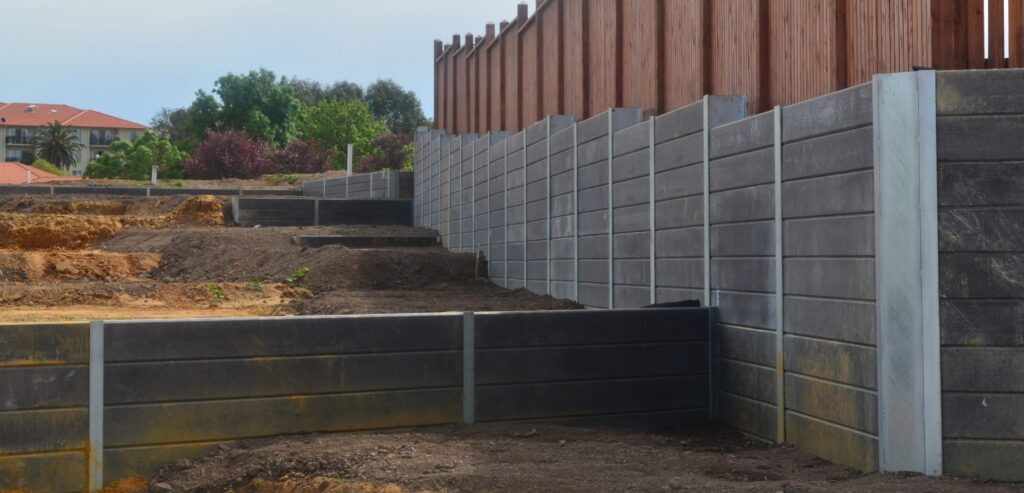
Highlighting the Benefits of Keystone Retaining Walls
Keystone retaining walls bring several advantages to any landscaping project. First and foremost, they’re remarkably durable. Constructed from concrete, these walls can withstand the elements and are long-lasting.
The design of these walls also offers impressive flexibility. Whether you’re working with a straight slope or a curved incline, a keystone retaining wall can be customized to fit your landscape’s unique contours. Plus, their natural stone appearance comes in various designs, colors, and textures, allowing you to create a look that complements your outdoor space perfectly.
Examining Factors for Keystone Retaining Wall Construction
Several factors come into play when building a keystone retaining wall. Firstly, the type of soil impacts the wall’s construction and design. Dense, well-draining soils offer the best support. For soils that hold more water, like clay, additional drainage solutions may be required to prevent water from building up behind the wall.
Wall height is another significant factor. While keystone walls are designed to handle substantial weight, they have their limits. If a wall is too high, it might require additional reinforcement to maintain stability.
Drainage is a critical aspect of any retaining wall. Without proper drainage, water can build up behind the wall, adding pressure and potentially leading to wall failure. Keystone retaining walls typically include a layer of gravel behind the wall, as well as drain pipes, to allow water to escape easily.
Estimating the Cost of Building a Keystone Retaining Walls
The cost of building a keystone retaining wall depends on various factors. The size of the wall and the specific keystone products used can substantially affect the overall price. On average, the cost can range from NZD $200 to $600 per square meter. However, keep in mind that this is an estimate, and actual costs can vary based on local material and labor costs.
Cost of Keystone Retaining Wall per Square Foot
Understanding the cost of building a Keystone retaining wall on a per-square-foot basis can be more relatable, especially when comparing it with other types of walls or projects. It’s important to note that the cost can significantly vary depending on the materials chosen, the complexity of the installation, and local labour rates.
On average, a Keystone retaining wall can cost anywhere from NZD $18 to $55 per square foot. This cost includes the price of the Keystone blocks themselves, other necessary materials like gravel for backfill and drain pipes, and labour. The broad range is due to the different types of Keystone products available—some are more cost-effective, while others are premium products with higher price tags.
The largest portion of the cost typically comes from the labour involved in constructing the wall. The process is labour-intensive, requiring precise work to ensure the wall is level, stable, and properly drained.
It’s also worth noting that these figures are estimates. The actual cost per square foot could be lower or higher, depending on your specific circumstances. For an accurate quote, it’s recommended to contact local contractors or suppliers who can evaluate your project’s specifics.
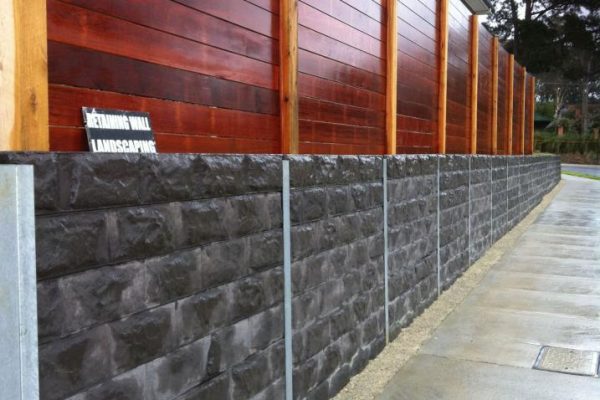
Steps to Construct a Keystone Retaining Wall
Building a keystone retaining wall involves careful planning and execution. Here’s a step-by-step overview:
Site Preparation:
Clear and level the area where you’ll build the wall. Remove any grass, roots, or rocks.
Base Preparation:
Lay down a base of compacted gravel. This base should be level and stable, as it will support the weight of the wall.
First Row:
Lay the first row of keystone blocks, checking each block with a level to ensure the row is even.
Backfilling:
Behind the first row, backfill with gravel. This aids drainage and helps to keep the wall stable.
Additional Rows:
Continue laying rows, offsetting the blocks for additional stability. Remember to backfill with gravel as you go.
Capping:
Once the wall has reached the desired height, cap it with the final row of blocks. These might be a special type of block designed for capping, or they could be regular blocks secured with a construction adhesive.
Remember, these steps are a general guide. Specific construction methods can vary based on the exact keystone product you’re using and your particular site conditions.
Maintaining Your Keystone Retaining Wall
Maintenance for keystone retaining walls is generally minimal. Regularly check the wall for any loose stones, signs of erosion around the base, or any areas where soil may be washing out from behind the wall. If any issues arise, prompt repairs can prevent further problems.
FAQs
Keystone retaining walls are an excellent blend of function and aesthetics. They’re sturdy enough to provide significant soil retention and visually appealing enough to enhance your landscape.
While costs can vary widely based on size, materials, and labor, homeowners can expect to pay between NZD $200 and $600 per square meter on average.
Routine checks for loose stones and signs of erosion are generally all that’s needed to keep a keystone retaining wall in good shape.
Yes, with the right tools and instructions, it’s possible to build a small to medium-sized keystone retaining wall yourself. However, for larger or more complex projects, you might want to consider hiring a professional.
Final Thoughts
Whether you’re seeking a functional solution for slope stabilization or looking for a unique way to add character to your landscape, a keystone retaining wall could be the perfect choice. By understanding what goes into building and maintaining one of these walls, you can enjoy the benefits of a stunning and sturdy keystone retaining wall for years to come. Contact our keystone retaining wall contractors today.
About the Author:
Mike Veail is a recognized digital marketing expert with over 6 years of experience in helping tradespeople and small businesses thrive online. A former quantity surveyor, Mike combines deep industry knowledge with hands-on expertise in SEO and Google Ads. His marketing strategies are tailored to the specific needs of the trades sector, helping businesses increase visibility and generate more leads through proven, ethical methods.
Mike has successfully partnered with numerous companies, establishing a track record of delivering measurable results. His work has been featured across various platforms that showcase his expertise in lead generation and online marketing for the trades sector.
Learn more about Mike's experience and services at https://theleadguy.online or follow him on social media:

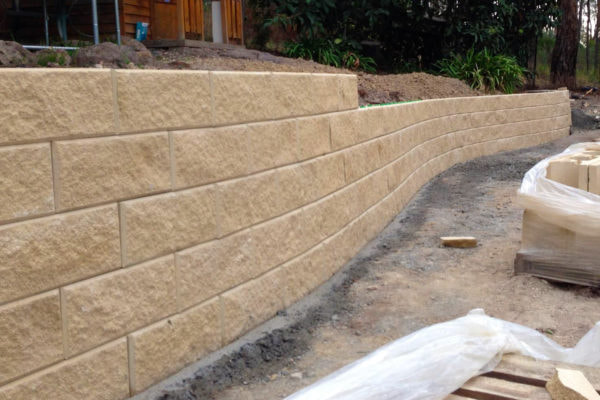
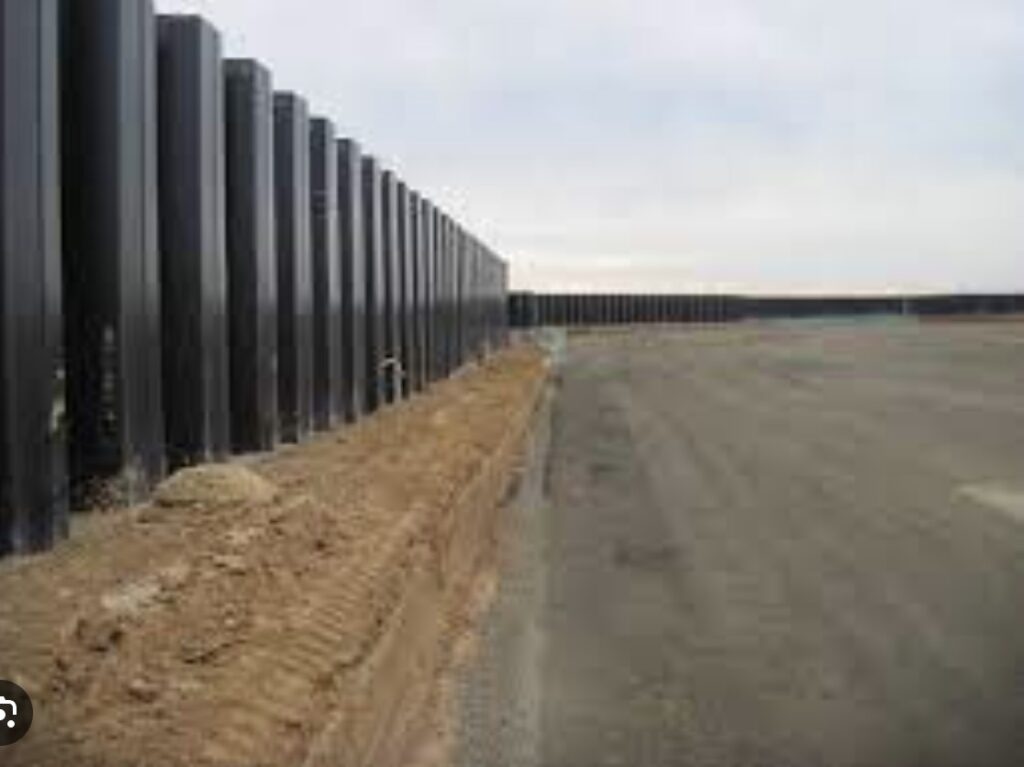
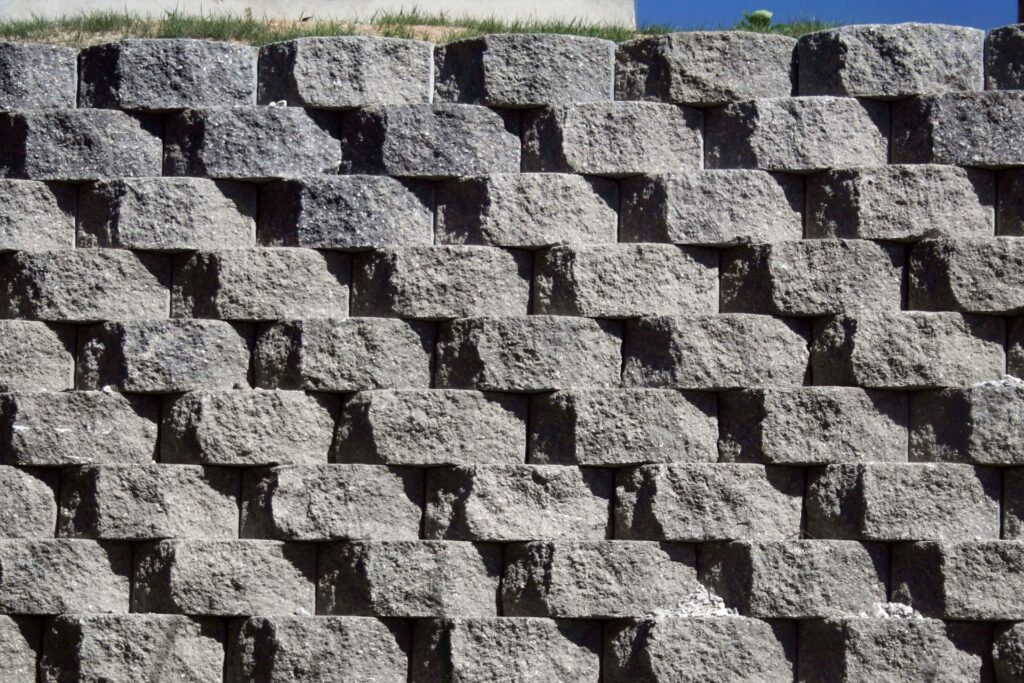
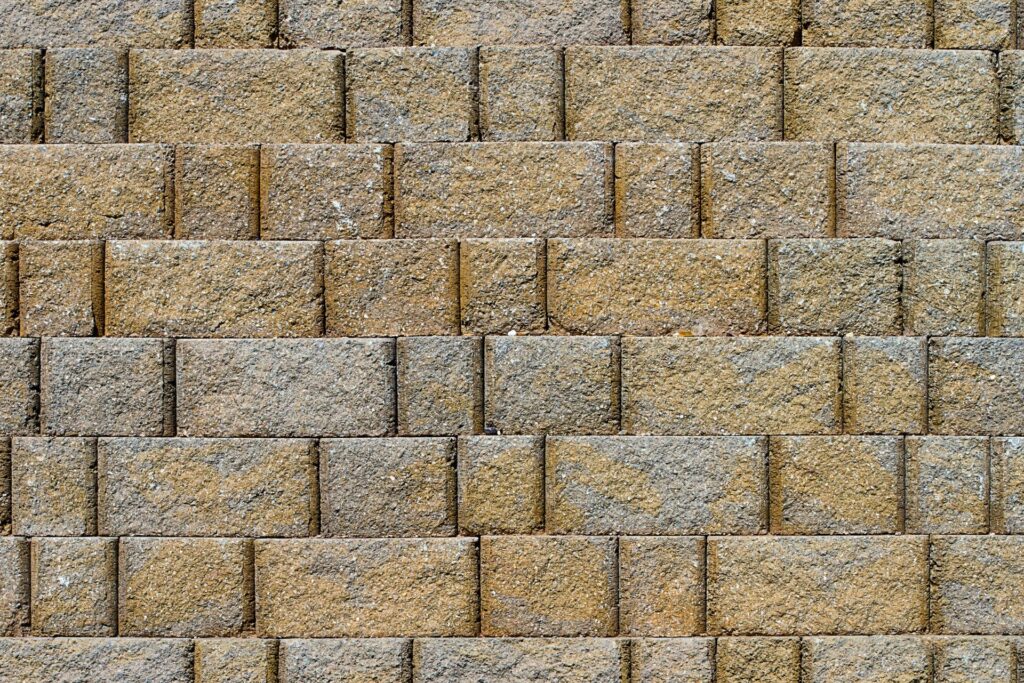
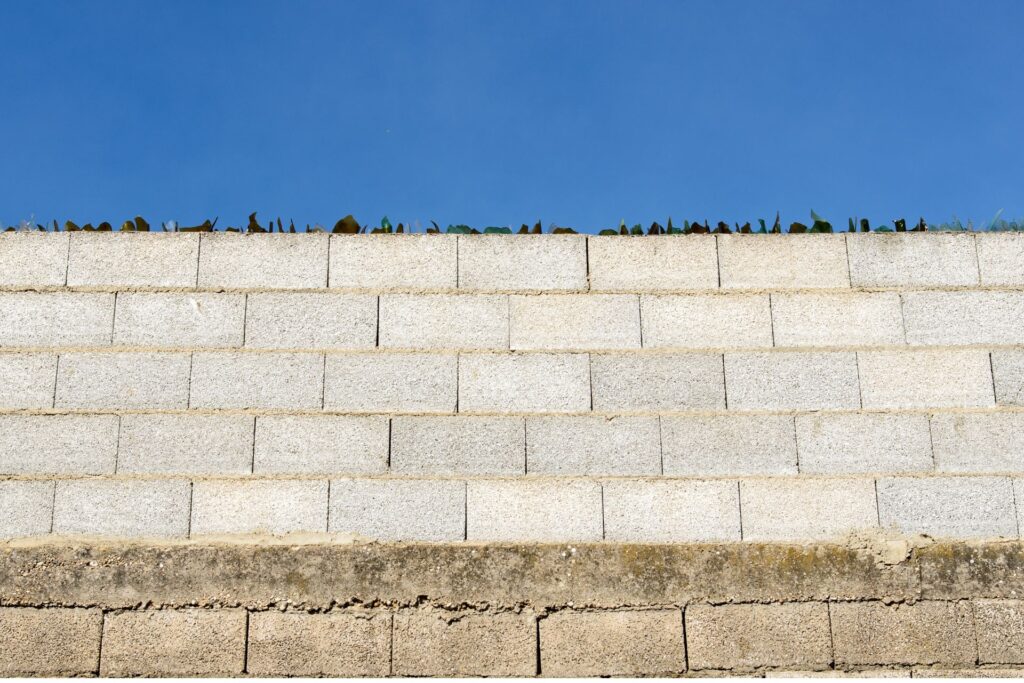
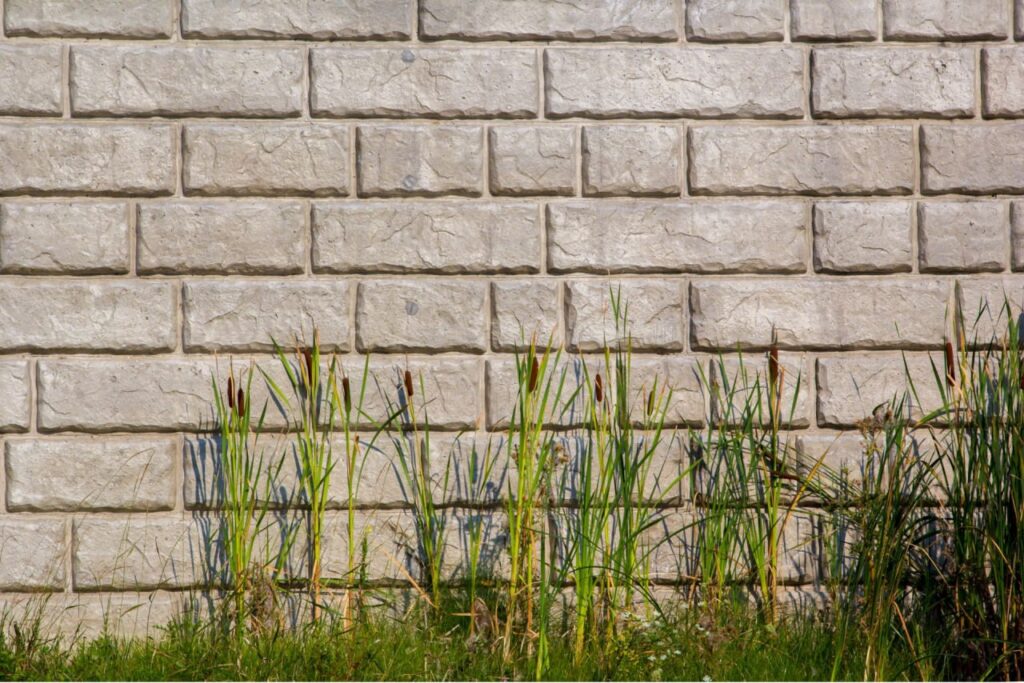
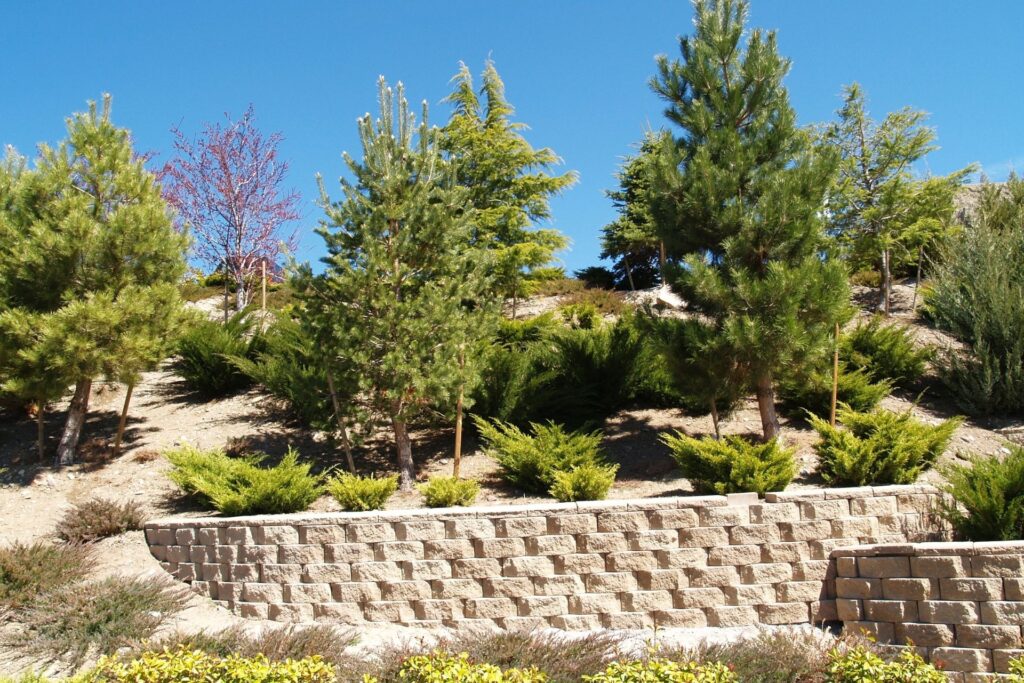
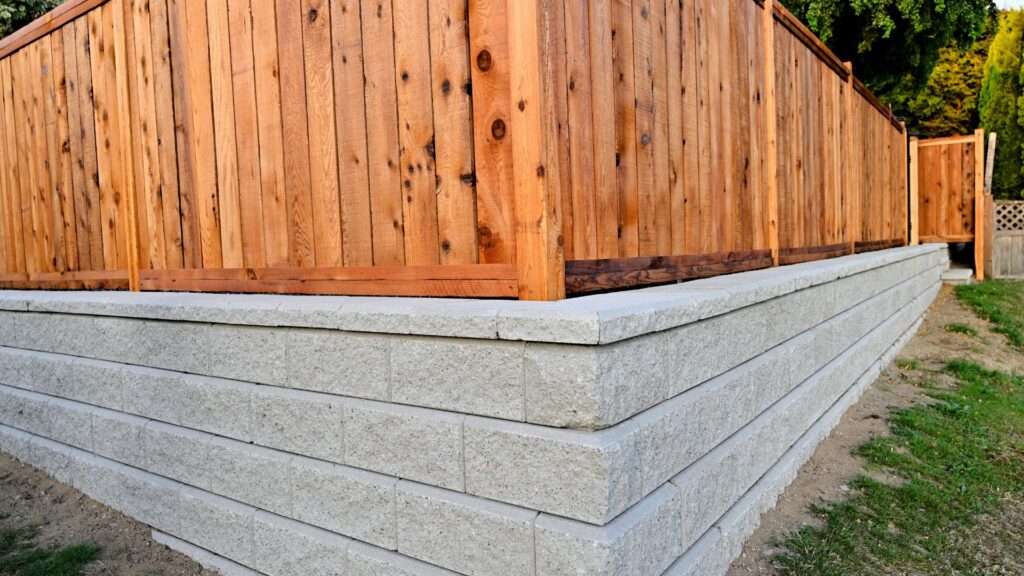
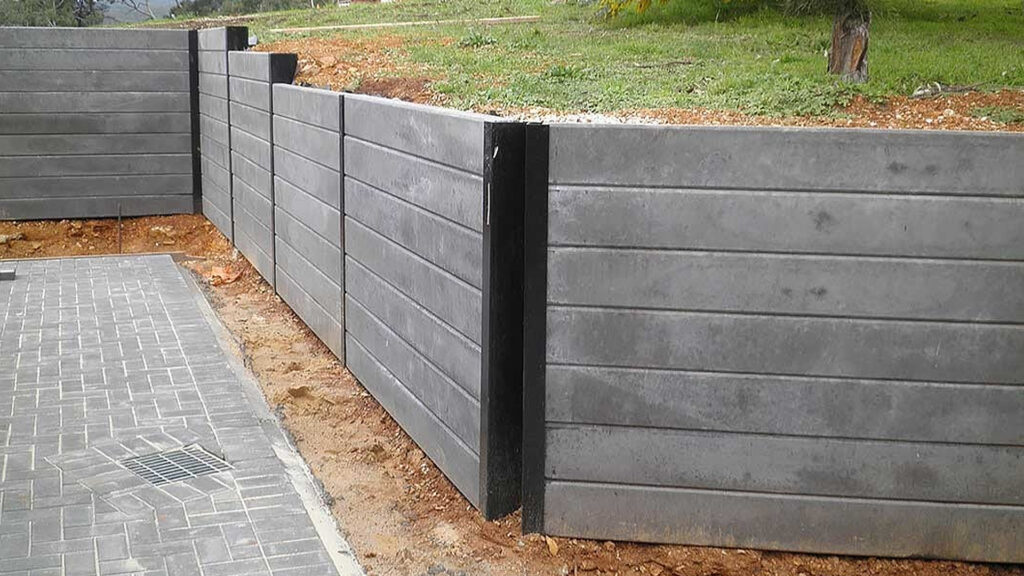
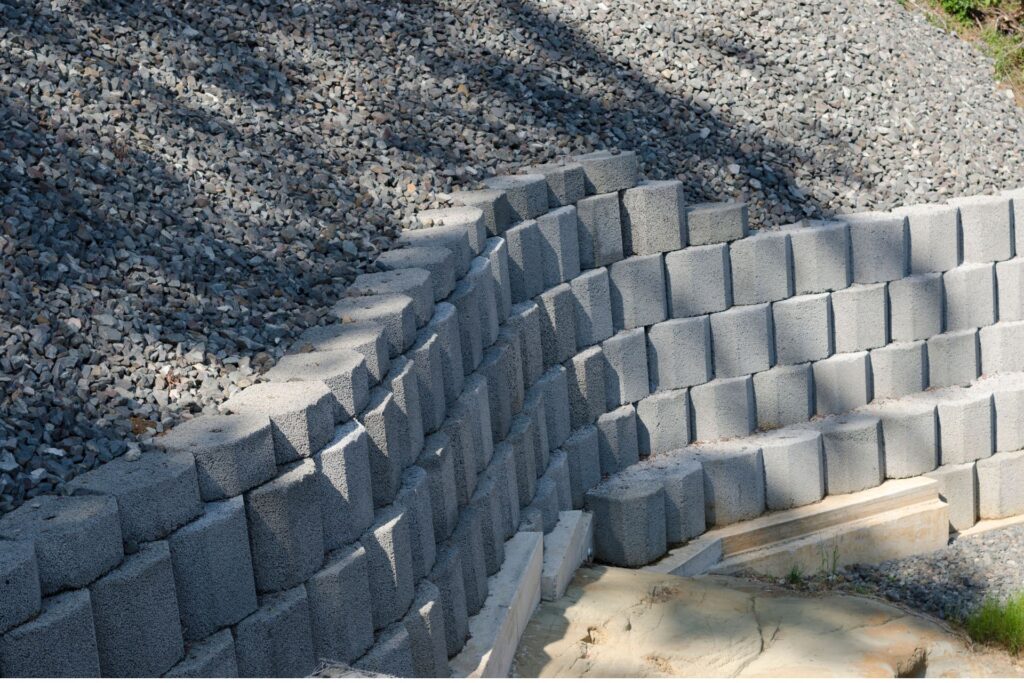

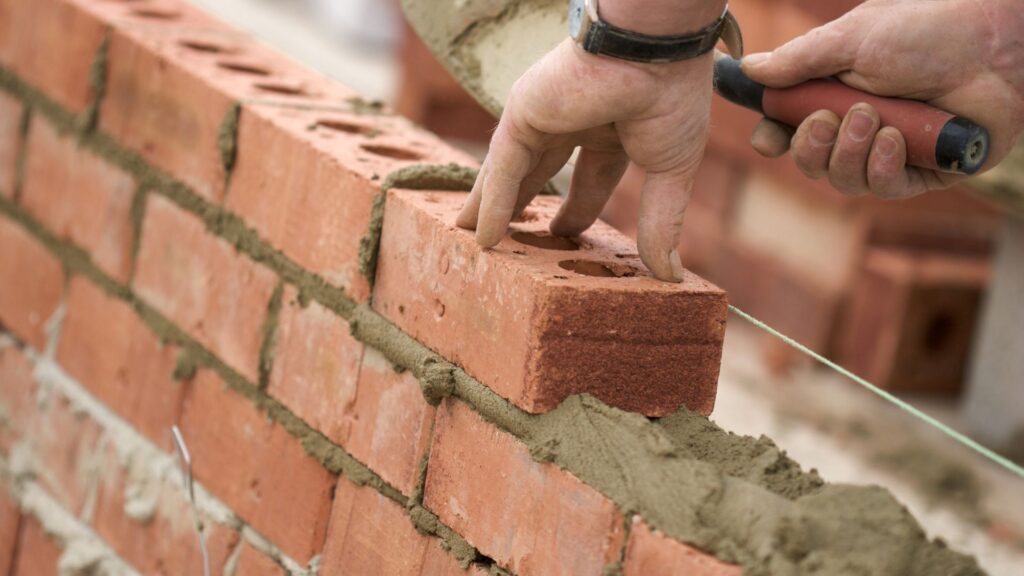
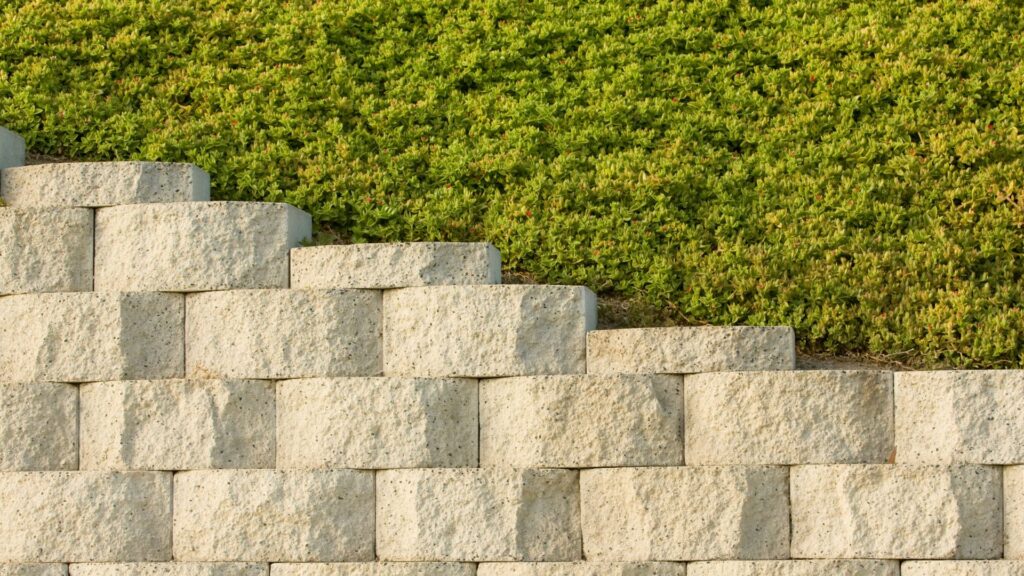
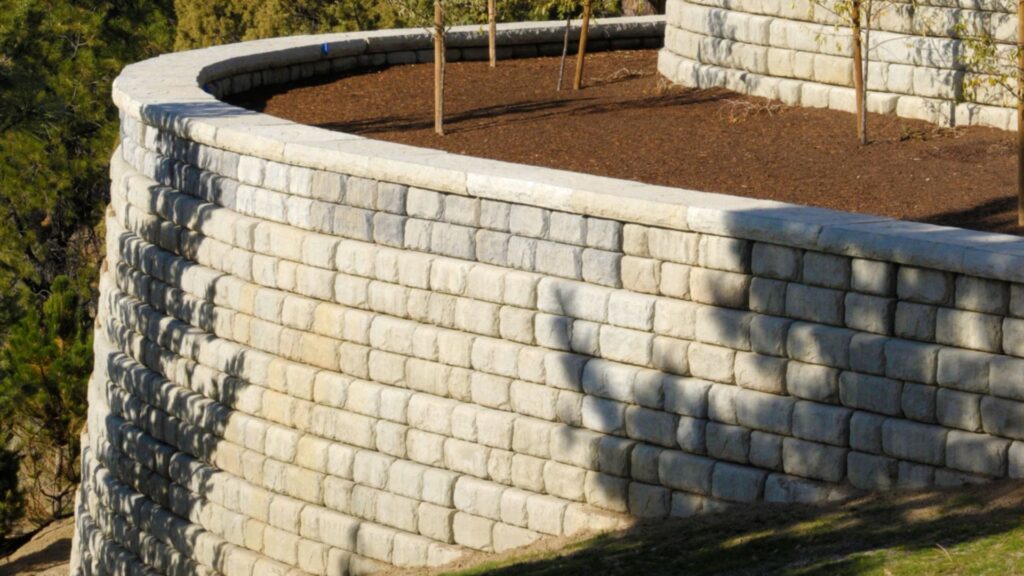
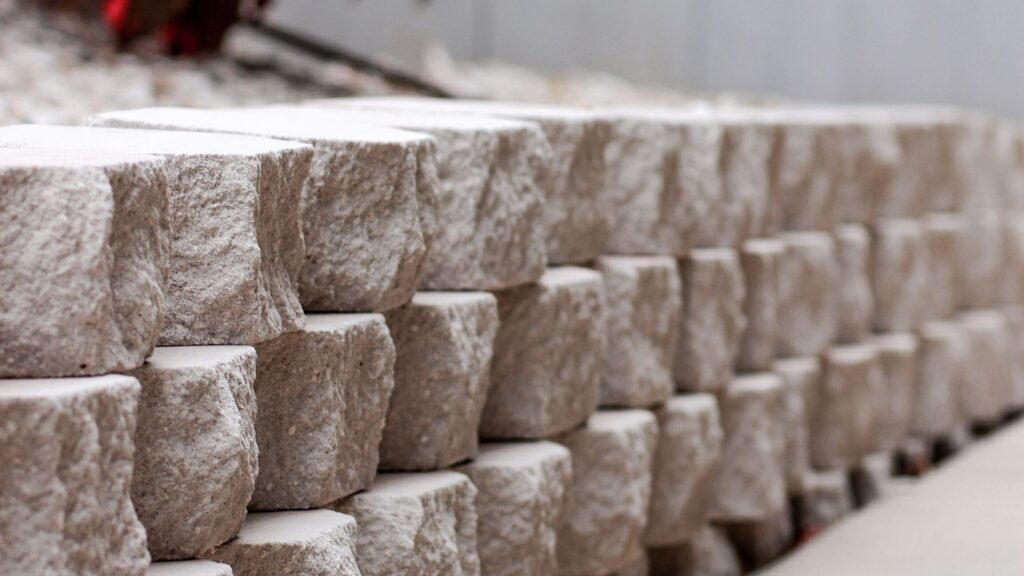
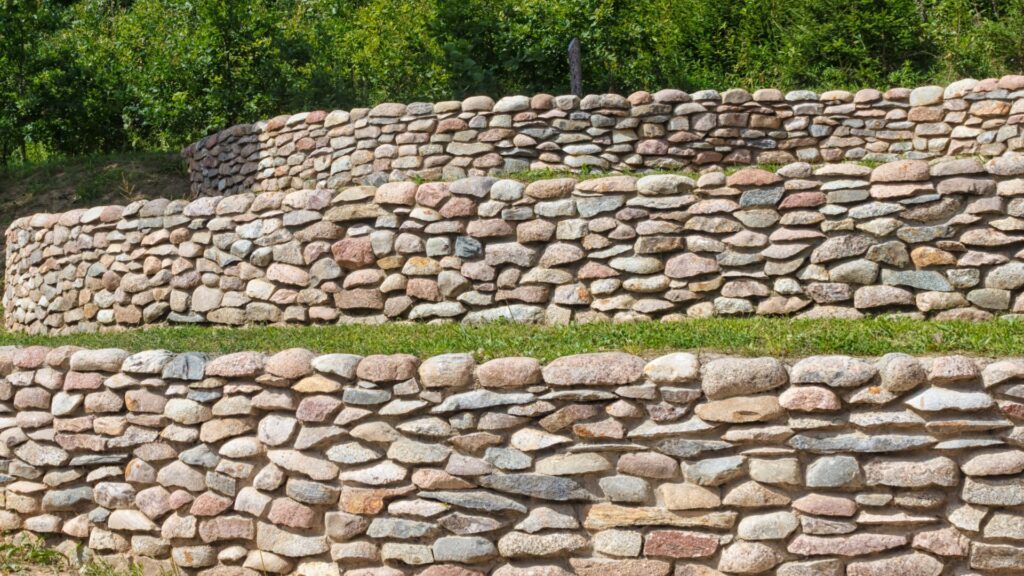
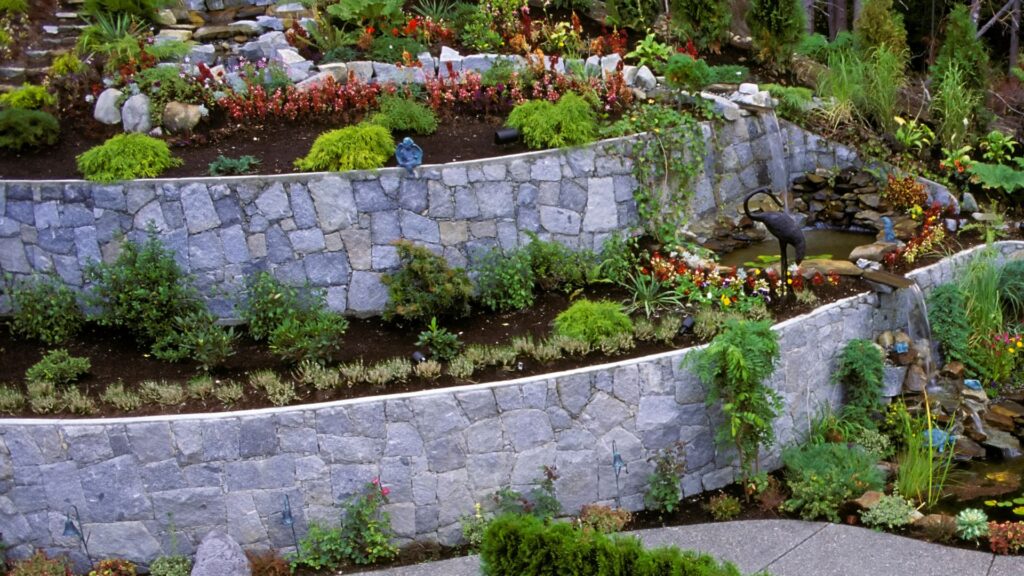
Hi, this is a comment.
To get started with moderating, editing, and deleting comments, please visit the Comments screen in the dashboard.
Commenter avatars come from Gravatar.